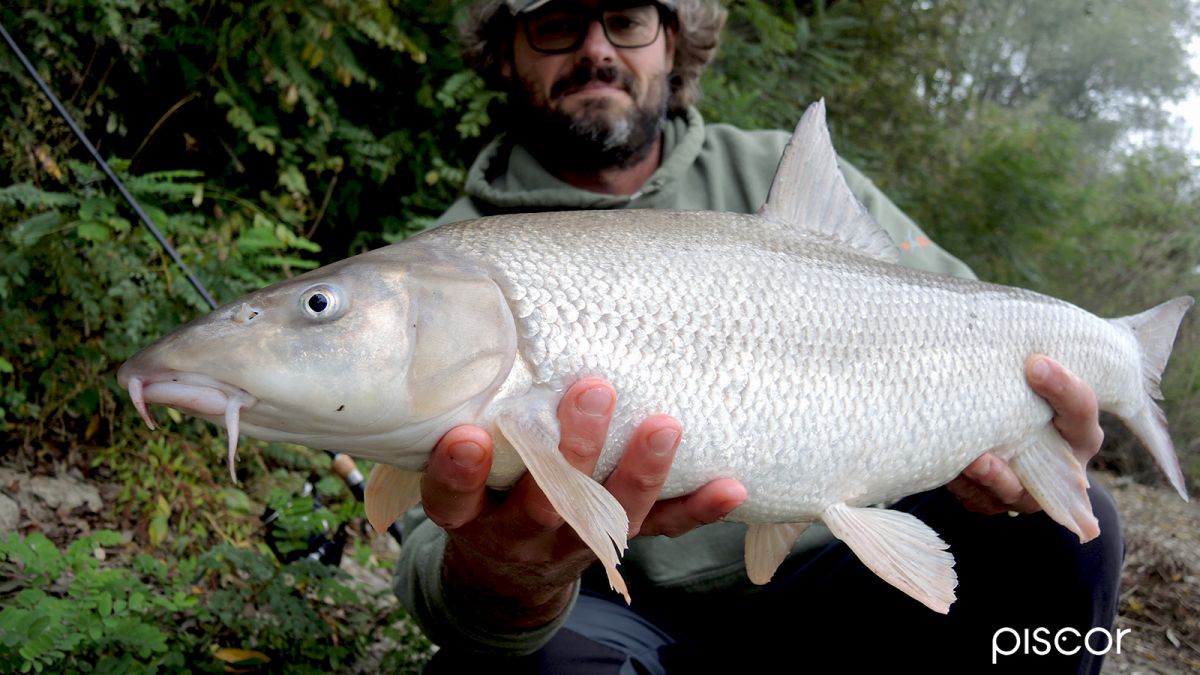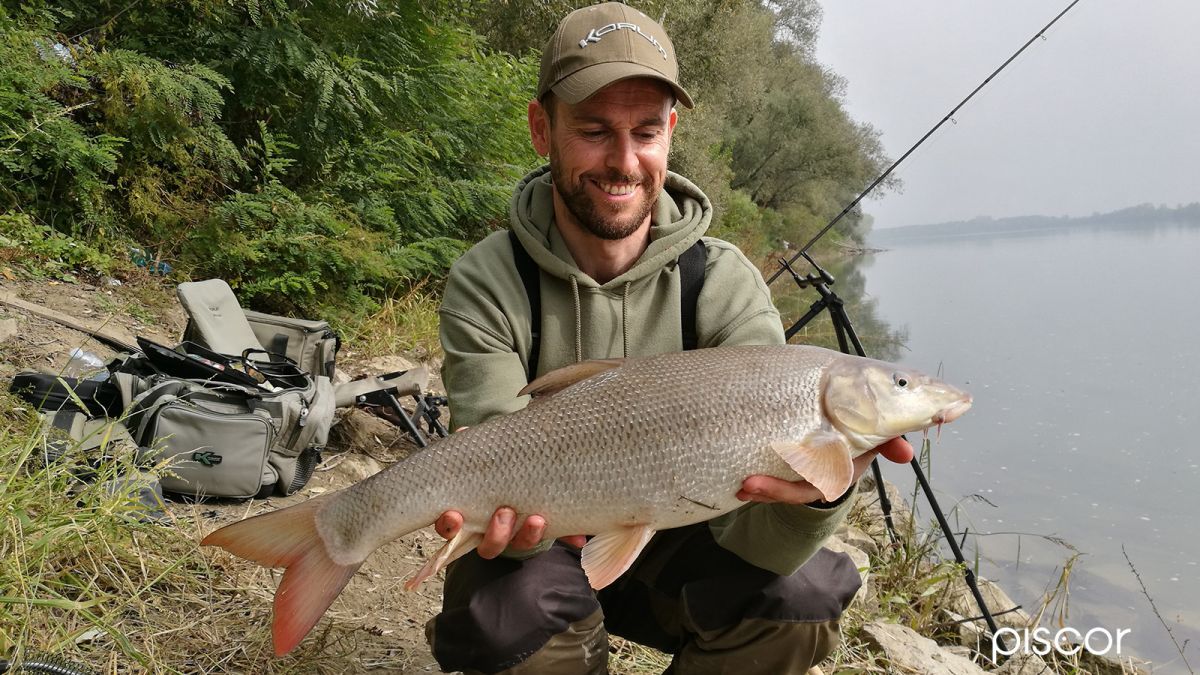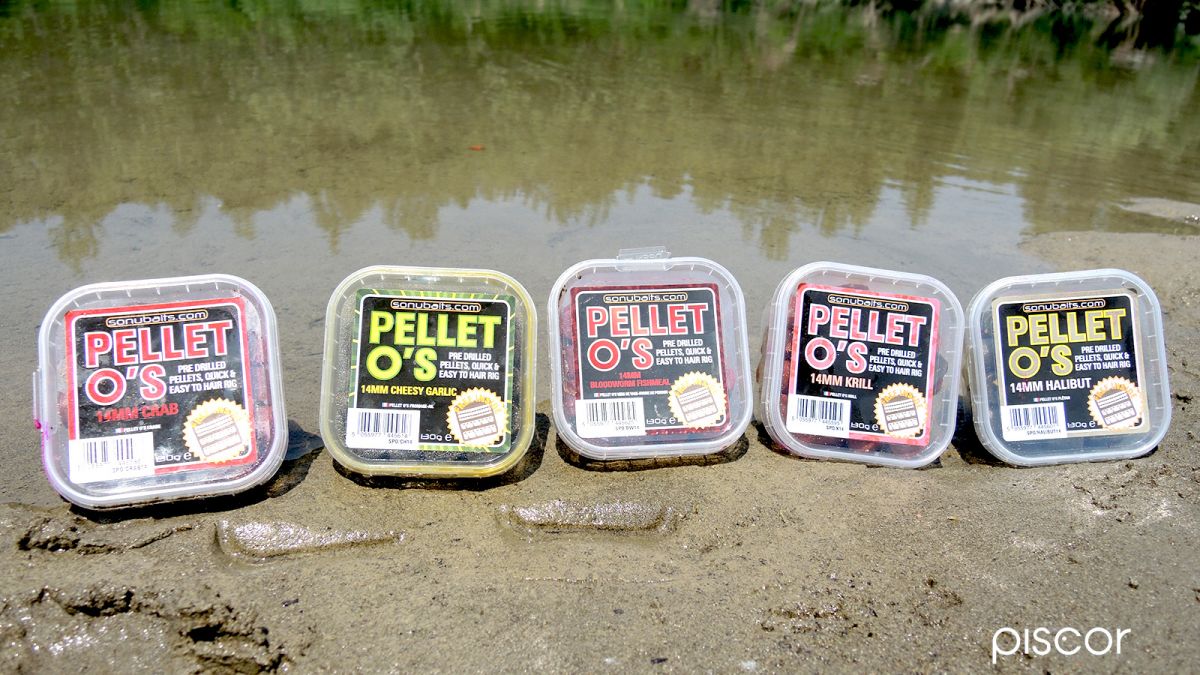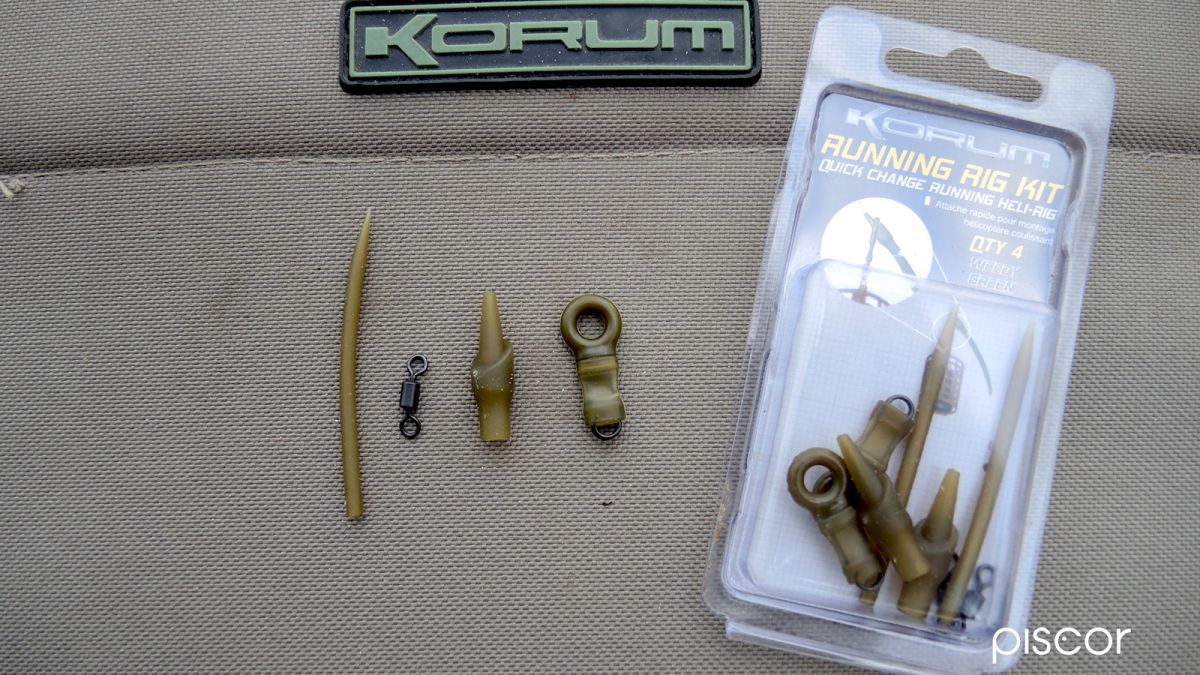The term "specialist", in the correct sense of the term, refers to an approach aimed at selecting the fishing of a given species while trying to select its size.
By broadening the discourse we can frame it in a much broader concept, where specialization means the study of the morphology of the spot, the evaluation of variables related to the weather and the season, the choice of pastures and baits, the possible conditioning of the site through a targeted pasture (to be carried out in the days before the session) and finally the choice of a precise fishing tactic, resulting from these evaluations, and the subsequent choice of equipment.
All this to point out that specialization can be understood as a set of behaviors and choices reasoned to get to intercept certain fish that, in this case, are those equipped with moustaches.
Let's go in order. The knowledge of the spot is fundamental and not only in feeder fishing. The presence of a companion who knows the spot well helps and not a little but, even without a tutor in the field, the best thing would be to spend one or more sessions to understand what are the characteristics of the place where we go to dive the bait.
Directly on the spot
Let's examine a stretch of river that is distinguished by a kind of peninsula that stretches to the center of the bed, the two branches of the river, the one with a live current and the one with almost steady water, rejoin immediately after forming a large scraper in the right bank, the one from which we fish, and a long hole on the opposite bank where the depth is remarkable and the current rather cheerful. At the end of the hole, narrow and long, the river begins its natural alternation of scrapers and shallower holes following the curves of the course.
The bank that insists on the hole in question has mixed stones and sand overlooking the water and a strong presence of vegetation including some trees fallen into the water, woodsheds where it is easy to imagine that the fish finds refuge and food.
In the possibility of observing this stretch of river from above, the different colors would make the map much sharper, but also from the shore, the strip where the blue of the scraper becomes an eye-catching blue much darker harbinger of promises and big surprises is very evident.
A day where the variability of the weather is the master is certainly to be preferred knowing well how sudden changes in pressure and light, especially after long periods of static weather, can put the fish in a frenzy to feed.
In the obvious impossibility to choose at will the weather of the day, we must prefer the post-disruption periods where the river, after a sudden rise in level, begins to fall while keeping clean water for a few days and a good flow rate that has, as a primary consequence, the maintenance of a good current.
It is a common condition in many rivers where the small, but constant variations in level and depth, due to the effect of floods or tides, and pressure are always an indication of good activity.
Bait & pasture
The next step is the choice of pasture and bait. Discarding the non-selective maggots and considering the relatively short session, the choice can fall on hard and fast bait, hard not to suffer the disturbance of small fish and fast to go fishing that is nothing but the peculiarity of releasing important olfactory signals and to have a composition easily recognizable as a source of protein, caloric and digestible food, not having the problem of satiating the fish given the duration of the session.
In these cases, the experience of carpfishing comes to the aid of a rich and highly protein bait, good for hitting and run, is counterbalanced by a more "unloaded" pasturage that aims to keep the fish in the fishing area without satiating it or without causing, in the long run, a rejection of what we are going to propose.
It is a tactic that works having the fishing partner who lives a short distance from the spot and that for two or three days before can make a slight grazing calibrated on both the size of the spot and the amount and size of fish present, it is clear how to graze an area of 300 square meters with a prevalence of medium-sized barbel and some small carp is not like doing it on a larger area with large schools of carp present.
The mix that we are going to use takes into account the pre-baiting providing, for method and feeder, a compound rich in fishmeal and macro particles because during the session what we are going to load in the feeder and on the method will be the only source of baiting, this to limit the noise on a very small spot where the fish are easily warned.
On this feature is also based the need to perform the reload and launches at intervals much longer than normal, even 30'/40'.
Equipment
Finally, the choice of rods and reels is the result of the need to fish in front of barbels and carp, almost placing the baits on the doormat of the house and, after the retrieve, do not give anything to the fish to prevent them from tangle with the consequent painful breakage of the mounting.
After the above evaluations our choices fell on very strong rods, equipped with avon top, with a curved test between 2 lb and 3.5 lb, reels loaded with lines of 0.30/0.35 and fluorocarbon rigs of 0.30 or braided by 15/20 lb.
Triggers
The preventive pasture lasted 3 days with a donation of about 3 kg of fishmeal pellets, with a low oil content, for each day of pasture.
The pasture mix is richer, where we have mixed in equal parts ready-made preparations based on fishmeal, krill flour, halibut flour and a good dose of method mix rich in macro particles such as broken maize and hemp. The addition of pellets to the krill in the measure of 4 and 6 mm is abundant.
The choice of triggers fell on single pre-drilled pellets of 14 mm on hooks of No. 8, always based on krill flour enriched with dip grips of the same aroma.






